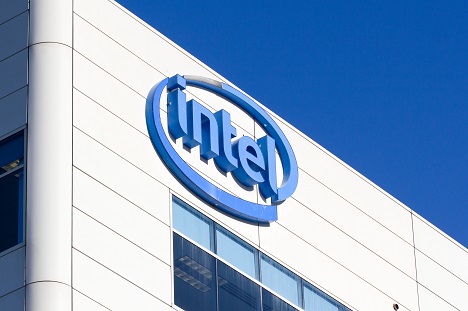In January 2013, Safety Net premiered with a review of Intel (Nasdaq: INTC), a semiconductor powerhouse that has been in operation since 1968.
Since that review, Intel has raised its dividend eight times and has not cut it.
With a 5% yield, this tech giant looks like a solid dividend payer… and its $118 billion market cap makes it practically too big to fail.
Practically.
Despite Intel’s established dividend and place of prominence in the booming tech industry, there’s something concerning brewing under the company’s surface.
When we’re rating stocks like this, we first look at the company’s free cash flow (FCF). It’s the best way to gauge a company’s ability to pay its dividend.
Intel’s FCF was $14.25 billion in 2018 and peaked at $20.93 billion in 2020. But in 2021, FCF took a serious nosedive, dropping to $9.6 billion – a 54% decline in just one year.
The aftershocks of the pandemic put a strain on supply chains, and semiconductor companies were hit particularly hard.
Now Intel’s FCF is -$3.3 billion, which means Intel will have to dip into its cash reserves to not only fund its business but also pay its dividend.
In 2021, the company’s payout ratio was a solid 59%. But this year, it won’t have a payout ratio at all because of its negative FCF.
Free cash flow isn’t expected to turn around until 2024… and the payout ratio won’t get back on track until at least 2025.
Why is one of the biggest tech stocks on the market struggling to generate FCF?
The supply squeeze is one reason. Another is that Intel faces increased competition.
Intel continues to garner 75% of the market for laptop central processing units. But the company admits that it is falling behind its rivals technologically.
That’s why it is engaging in a strategic shift to offer services that will allow it to better compete with the likes of Advanced Micro Devices (Nasdaq: AMD) and Taiwan Semiconductor Manufacturing (NYSE: TSM).
Strategic shifts are expensive, though, and the cash it has spent on new projects has wiped out Intel’s reserves. The payoff won’t come until years from now – putting Intel in limbo while it waits for its investments to come to fruition.
On the one hand, Intel loses significant points for its declining FCF.
On the other hand, Intel has paid increasing dividends for nearly a decade and has plans in place to get its business back to where it needs to be.
But with the company dipping into cash reserves to pay shareholders, Intel’s dividend might be in danger of getting cut.
Dividend Safety Rating: D
If you have a stock whose dividend safety you’d like analyzed, leave the ticker symbol in the comments section.
You can also check to see whether we’ve written about your favorite stock recently. Just click on the magnifying glass in the upper right corner of the Wealthy Retirement homepage and type the company’s name in the box.
Good investing,
Brittan

